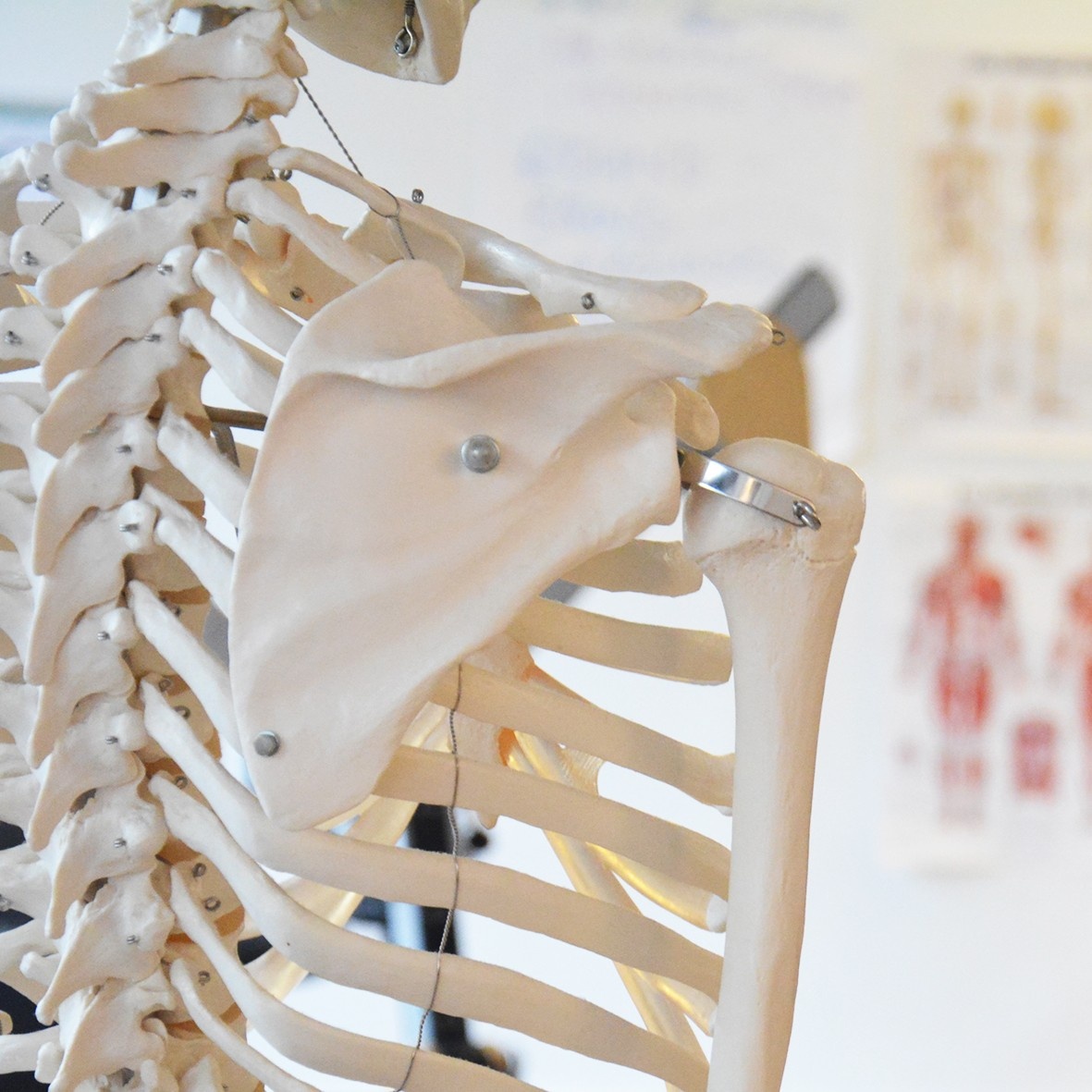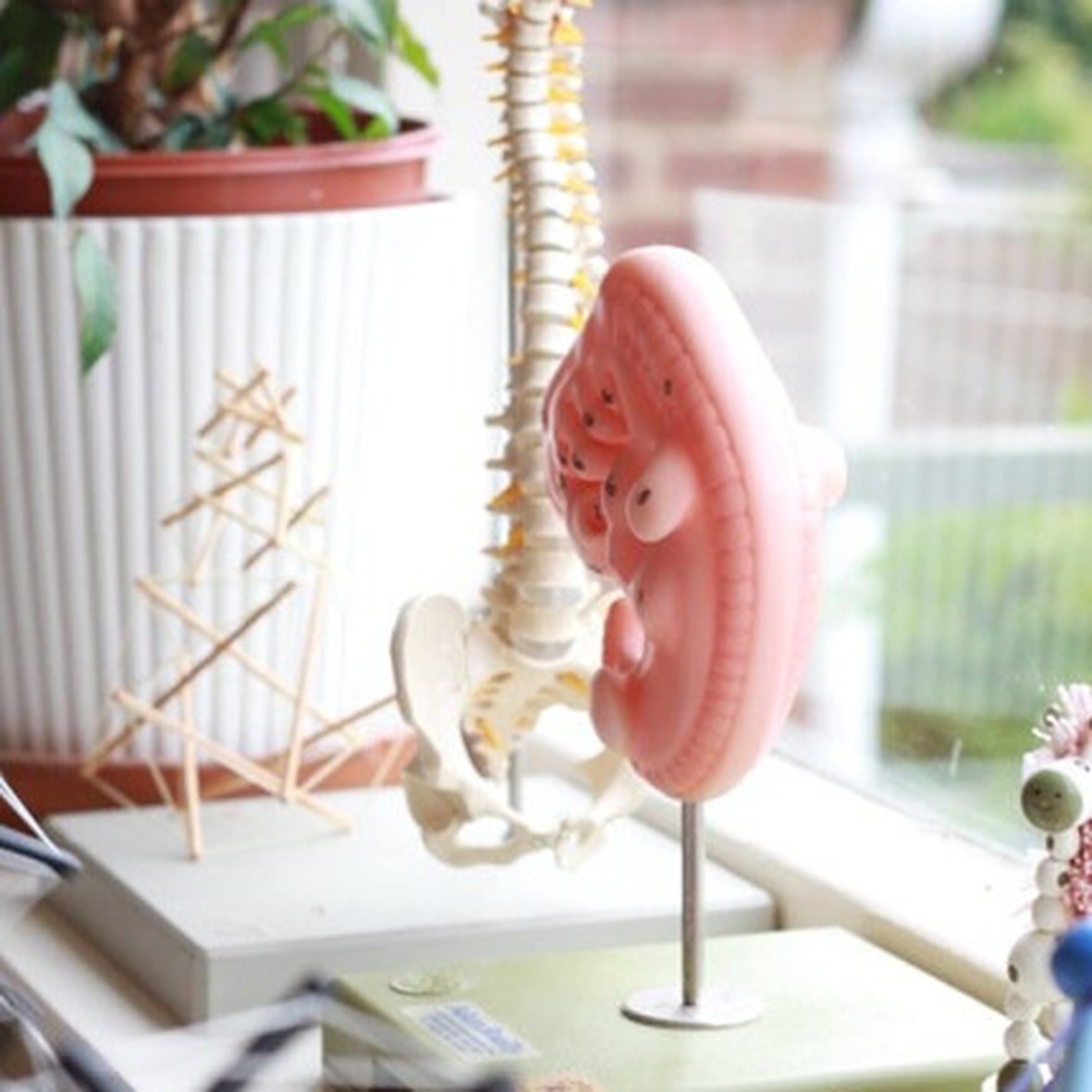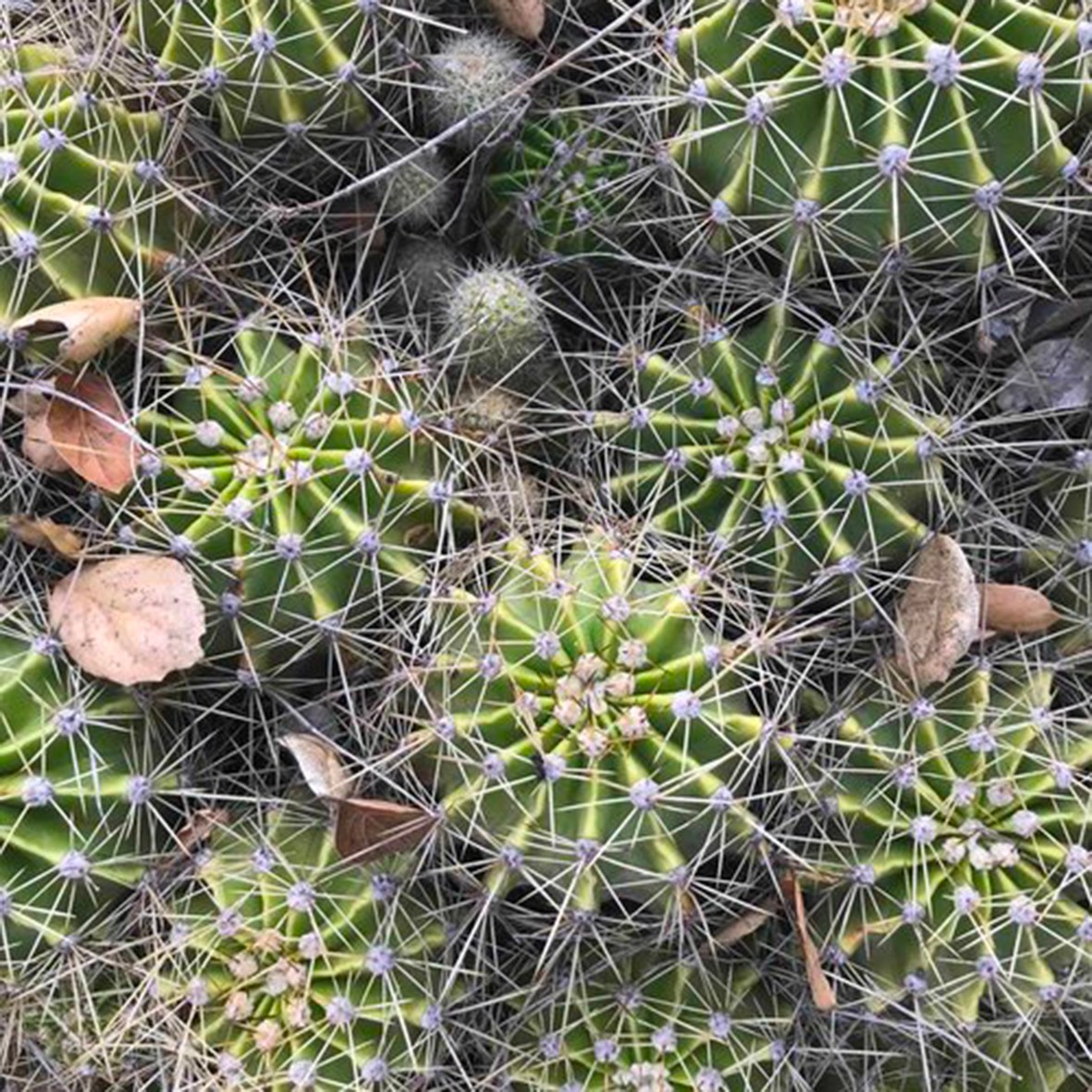About Fascia and YOUR Form
Myofascia and Myofascial Release (MFR) have become buzzwords in recent years. However, there is far more to understanding how fascia forms the body-in-motion than just the “myo” (meaning “muscle”) aspect of it. Fascia is the foundation fabric of our Body Architecture. It is also the fabric of your expression, AS YOU!!
The “magic of fascia” is about understanding what that means, so we can move better. Beyond that (and our five senses) is the metaphysical domain of energy medicine. Your fascia is your body’s own “internal-net” feedback system. It gives you your sense of who, how and where you are at any moment in time – and where you are in space.
As a soft-matter, living tensegrity system it calls for a new understanding as the form we self-assemble to express ourselves AS. Anatomy Science is changing how fascia is described. Fascia is changing how Anatomy Science is prescribed. It is the unique and exquisitely sensitive “materia biologica” that describes your wholeness; which is where you, your spirit, your soul, reside at all times.
Spiritual Science and Anatomy Science are gradually coming into alignment, as the appreciation of the fascial matrix evolves. It is no longer enough to reduce our bodies down to the scientific, hard-matter physics foundation of biomechanics. You are not made of hard matter! Neither am I! It does not explain your adaptability, your unique expression, your self-assembly, your self-development or your self-organisation. It also falls very short when you seek coherence and congruency between your body and your being. Regardless of race, creed, colour, religion, conditions, environment or circumstances or gender, you animate you uniquely. Both the Spiritual Science and the Anatomy Science of the fascia are intimately integrated in the expression of that.
What makes us all the same is that every one of us is unique architecturally and archetypally
Excerpt from YFAM: “The full story of fascia is taking some time to filter through our culture, although many areas of medicine, movement and manual therapy are in the process of recognising the work of fascia research pioneers and changing their approach as its significance is being re-evaluated. As it was for Vesalius and Newton, four centuries ago, new ideas are not always greeted with enthusiasm, often due to a lack of understanding. Evidence by demonstration disturbs “truth by declaration”, especially if institutions have built themselves upon the “truth” of what they thought they knew. We have our very own twenty-first-century Vesalius, or at least a suitable candidate to challenge the preceding history and change the way the scalpel is used to define the tissues.”
“It was not the anatomy of bones and muscles that was instrumental for proprioception, but the architecture of continuity” [the fascia as a proprioceptive substrate]
Jaap Van Der Wal, (Emeritus)
Associate Professor of Anatomy and Embryology
at the University of Maastricht.
We all also have pioneering Clinical Anatomist John Sharkey (University of Dundee) whose work to further the scientific and cultural understanding 21st Century Anatomy and Exercise Physiology, is outstanding. John incorporates a profound understanding of integrating movement and manual therapies, so that the understanding of structure can be safely applied to movement and manual therapies.
It has been a real privilege to include the work of these (and other pioneers in the field) in the 2nd Edition of Yoga, Fascia, Anatomy & Movement. Exploring the fascia and what it actually means to each of us; physically, symbolically and archetypally!



About Tensegrity
Living tensegrity principles explain the way a flower grows up from the ground and survives all but the highest winds. It is how a tree grows so magnificently in so many directions, with a canopy that reaches, parallel to the ground, yet the branches do not routinely fall off. It describes every pattern, in the matter of the natural world. How do we grow ourselves as embryo’s, or pick up a child running towards us, that leaps into our arms, for a bear-hug, without losing its limbs or necessarily knocking us over, or breaking ours?
According to Dr Stephen Levin, author of the term “Biotensegrity” and Orthopaedic surgeon, we have the maths, physics, chemistry and biology (by which classical biomechanics explains these phenomena) wrong.
At a scientific level, we can look to the research of Donald Ingber, to see how tensegrity principles apply to all living things at a micro (cellular) level and at the macro level of movement in the classroom, on the track, field and gym – and in everyday life.
“That nature applies common assembly rules is implied by the recurrence, at scales from the molecular to the macroscopic, of certain patterns, such as spirals, pentagons and triangulated forms. These patterns appear in structures ranging from highly regular crystals to relatively irregular proteins and in organisms as diverse as viruses, plankton and humans.” - Donald Ingber, PHD, Cell Biologist/Bioengineer
We can go further back in history to the work of sculptor Kenneth Snelson, architect Buckminster Fuller and zoologist D’Arcy Wentworth Thompson. In their work we find the art and architecture behind the growing science of tensegrity principles; applied to all nature and biology. However, in the ancient yogic philosophies we can uncover even deeper references that make perfect sense of how we hold ourselves up and move around.
To understand human motion and structural anatomy, tensegrity provides a compelling argument and one that any movement practitioner is bound to appreciate. It makes sense of nature; of what actually happens on the mat, in the classroom or at the pitch, pool and field. Many movement practitioners, manual therapists, leading scientists, researchers and engineers offer support for this new paradigm, that explains nature and has roots in ancient texts from times long gone…we love that, fully understood, it explains the fascia and puts the “mother back into the matrix”!!



